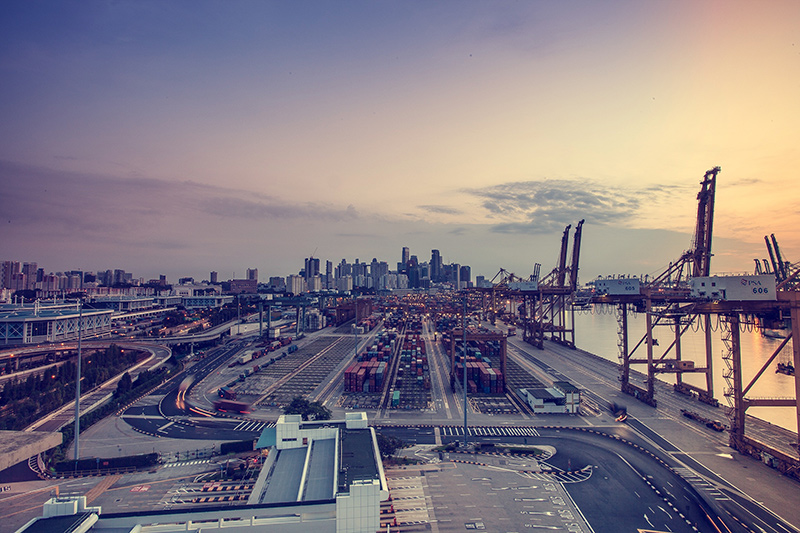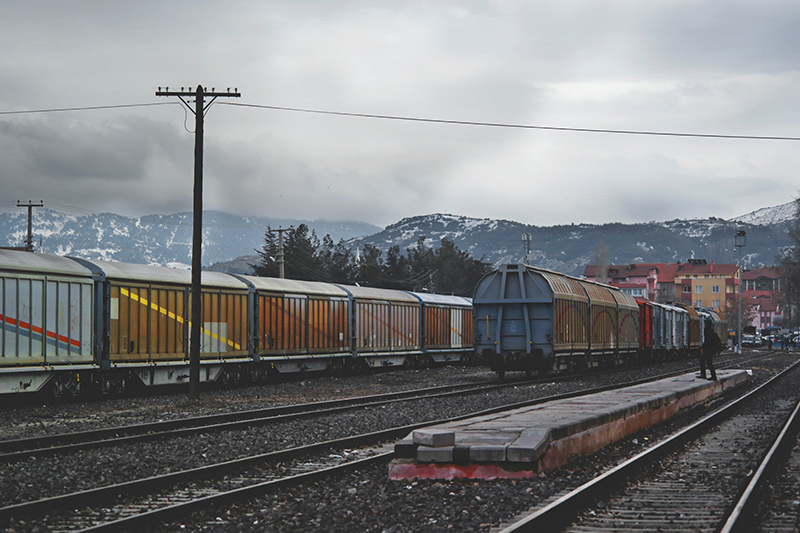As of March 2017, freight rail safety is at an all-time high. With accident rates down nearly 44 percent since 2000 railroad safety in the U.S. is considerably higher than it ever has been.
All safety boons come from massive investments in America’s freight rail network, to modernize and further develop their makeup and structure. Improved logistics and monitoring, for example, are huge contributors to this success. It is now possible to follow trains on their journey via the network from the point of departure to final destination and beyond.

But that’s not the only modern technology adopted in the industry. Here are some of the other areas where investments are spent and used.
Launched in 2014, AskRail is a prominent mobile app for first responders and railway engineers. Before something happens that requires the attention of first responders, users get reliable and timely data about various active railcars. For example, you can see when a car is carrying hazardous materials and how to handle them. This not only helps those involved prepare for an emergency but remain informed about the current state of American railways.
The beauty is that you can access content or services from just about anywhere, anytime. This allows for railway personnel to remain informed, connected and tuned in to some of the biggest events happening in the industry.
Back in 2008, Congress required all railroads get outfitted with Positive Train Control or PTC technologies. It’s a comprehensive system designed to automatically stop or prevent a train from being involved in common accidents. For instance, if you detect something on the track, a train will either slow or come to an emergency stop within appropriate parameters.
When Congress passed the mandate, however, much of the technology involved had yet to be developed. That meant the railway industry, as a whole, worked together to create PTC tech from scratch, including railroad operators and suppliers. This transformation is one of the biggest contributors to improved safety ratings in the industry.
Today, geo-mapping allows railway operators to closely monitor and remain informed about trains along the track, including varying conditions they may encounter. All operators must also participate in extensive training programs to ensure they understand how the system works. The system itself also undergoes regular and rigorous testing to ensure it’s operating optimally.
When shipping materials — both hazardous or otherwise — there are generally limitations and restrictions in place to ensure safety. In the past, it was difficult to ensure that all trains and participants followed these guidelines closely, particularly when it came to hazardous transport.

Photo by revac film’s&photography from Pexels
For example, fire and flammability testing is crucial to upholding the proper security and handling of hazardous chemicals. If a transported material or good is volatile and therefore involved in an incident, you don’t want damage spreading to other cars, the railway and even personnel.
IoT monitoring tech and devices — including advanced sensors — can ensure that personnel, vehicles and storage environments observe safety protocols along a route. Temperature controls, for instance, ensure a chemical or material is stored properly. Safety latch and lock sensors can ensure trains and railcars are properly sealed. Body tech or wearables ensure personnel are following the correct protocols when dealing with and handling railcars and similar hardware.
Big data — which calls for the collection, processing and extraction of massive amounts of digital information at incredible speeds — identifies and predicts potential railway issues before they occur. IoT sensors, rail monitors and car or train sensors are collected and parsed by rail data warehouses. It then skims the information for potential or critical risk factors, which highlight a potential problem.
Railroad management teams can then issue updated “composite rules” to address the hardware or equipment that is at risk. A great example of this is how AAR uses big data to develop rules for industry-wide safety and integrity standards related to train wheels.
What we see in many industries is similar to what’s happening in the modern freight rail sector. Smarter, connected and more aware technologies improve a variety of business and operational traits. Said hardware and devices can help improve safety, stability, efficiency, collaboration and even something as simple as routine maintenance. These technologies are the future, and they will help to improve safety and performance in the freight rail industry further.
 Megan Ray Nichols
Megan Ray Nichols
Freelance Science Writer
Megan Ray Nichols is a STEM writer and the editor of Schooled By Science. She regularly writes for IMPO Magazine and American Machinist. For more from Megan, follow her on Twitter, @nicholsrmegan, or subscribe to her blog.
Scott Ellyson, CEO of East West Manufacturing, brings decades of global manufacturing and supply chain leadership to the conversation. In this episode, he shares practical insights on scaling operations, navigating complexity, and building resilient manufacturing networks in an increasingly connected world.